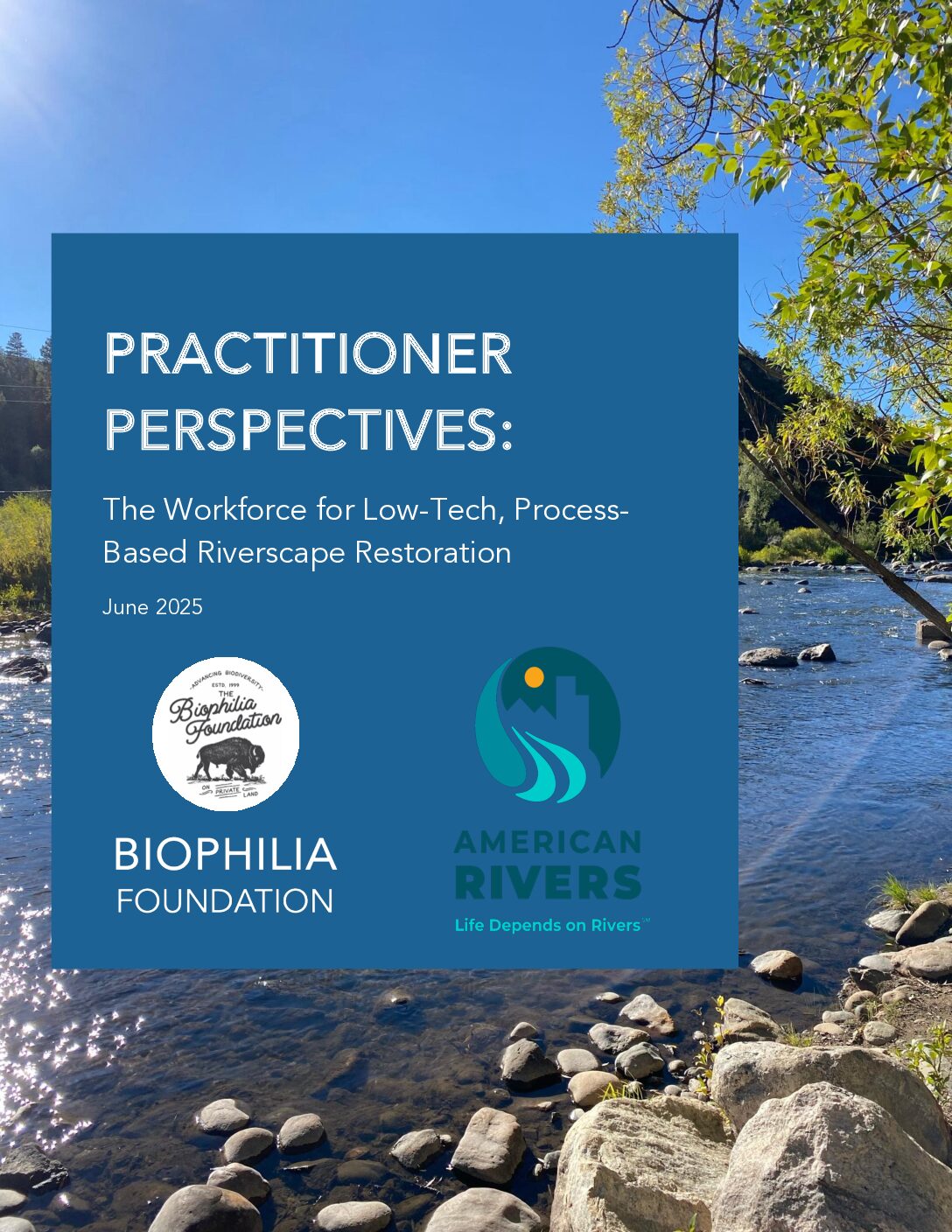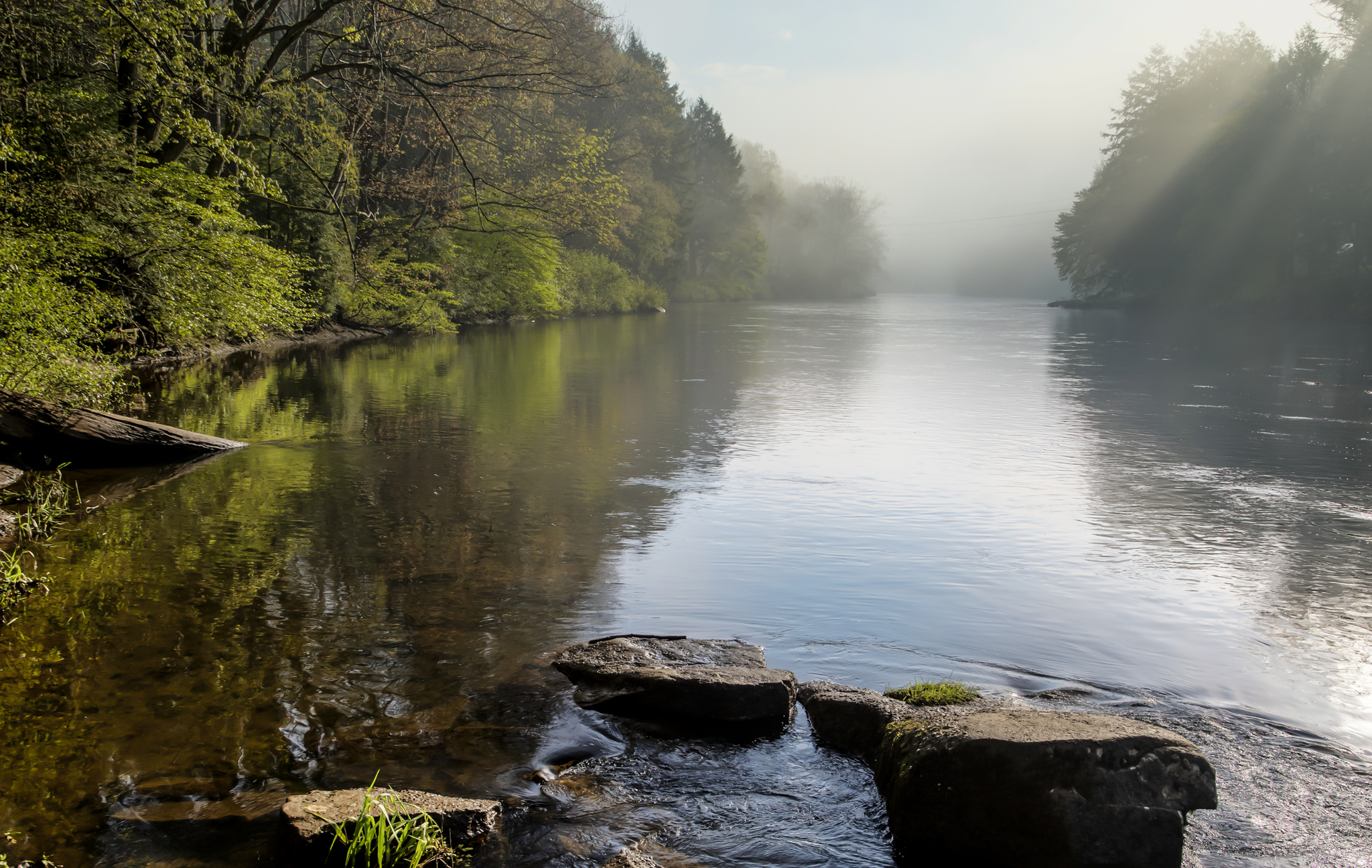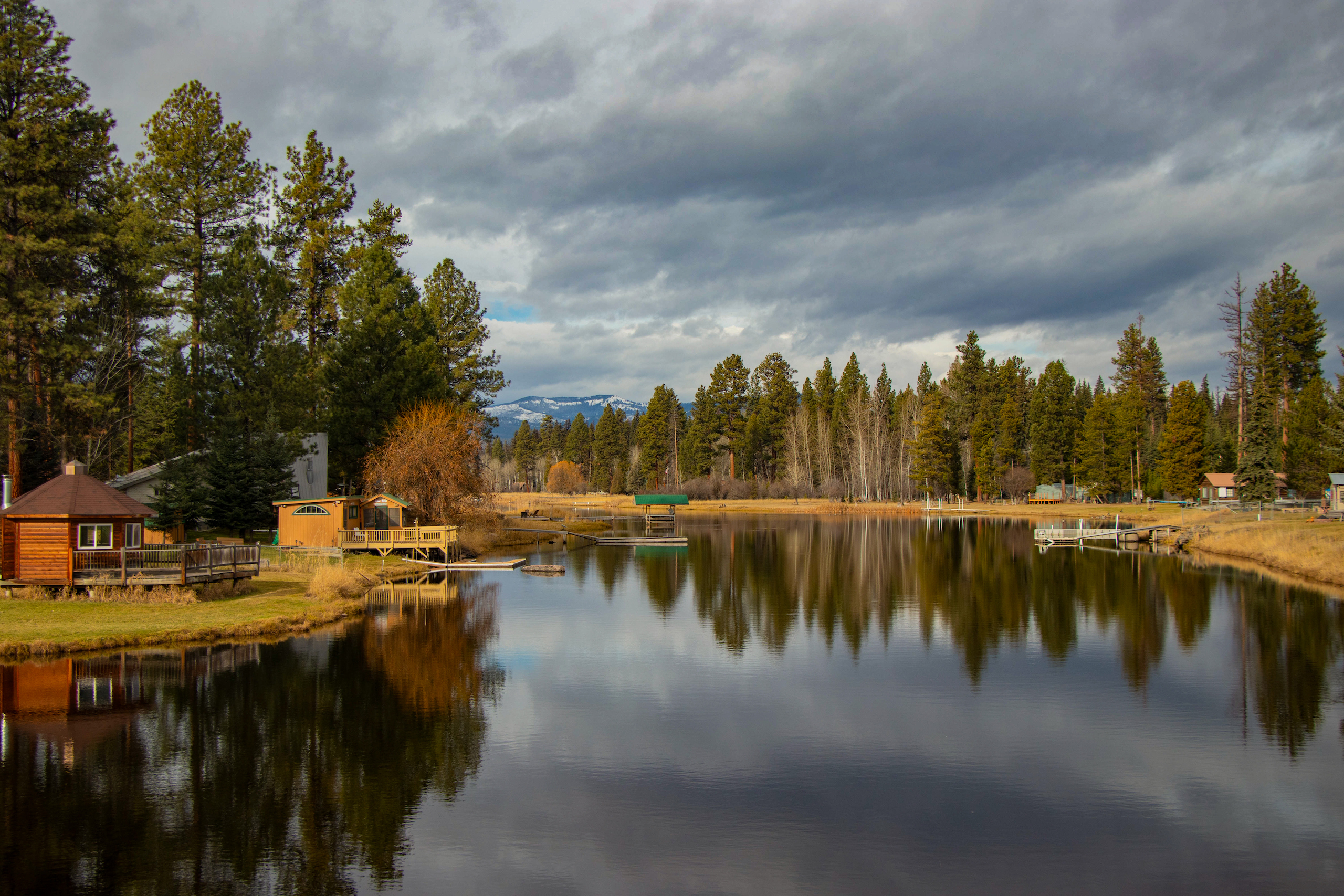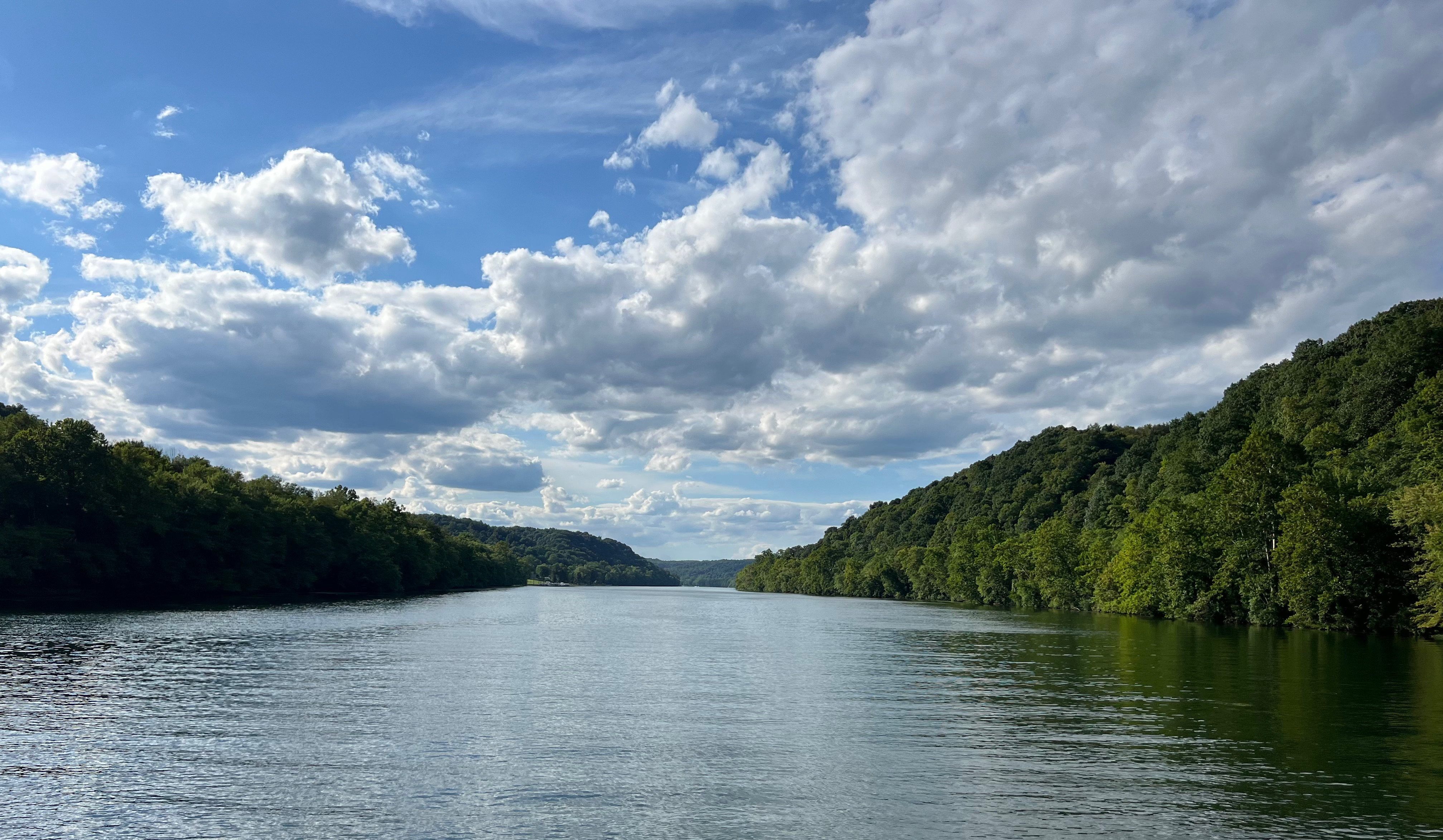The Workforce for Low-Tech, Process-Based Riverscape Restoration
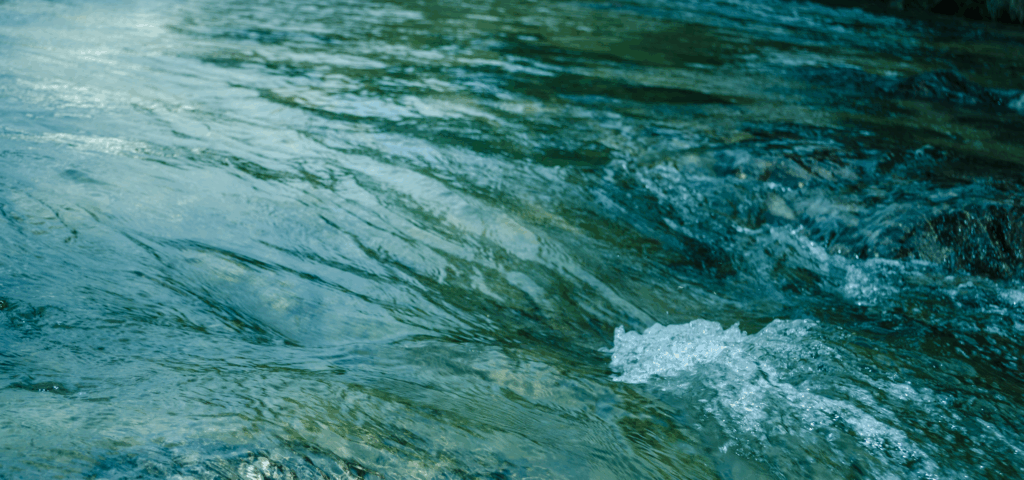
Restoration practitioners, nonprofit organizations, private landowners, and
government agencies have become increasingly interested in restoring riverscapes. Riverscape restoration includes many different activities intended to address the causes of degradation and rectify degraded conditions. In recent years, much attention has been given to low-tech, process-based restoration (LTPBR) techniques, which focuses on mimicking, quickly promoting, and eventually sustaining natural riverscape processes. LTPBR includes a variety of techniques intended to prompt natural processes in riverscapes. Among the best-known are beaver dam analogs (BDAs), logjams, post-assisted log structures (PALS), and sod plugs, as well as related practices like grazing management and beaver coexistence.
In recent years, many riverscape restoration efforts have focused on streams,
watersheds, erosion control, and forest management now incorporate some type of low-tech practice. This is especially true in uplands, where low-tech practices are usually most suitable. When implemented at a density and scale that matches the conditions of the problem, these practices can transform degraded ecosystems into functional, healthy natural areas.
